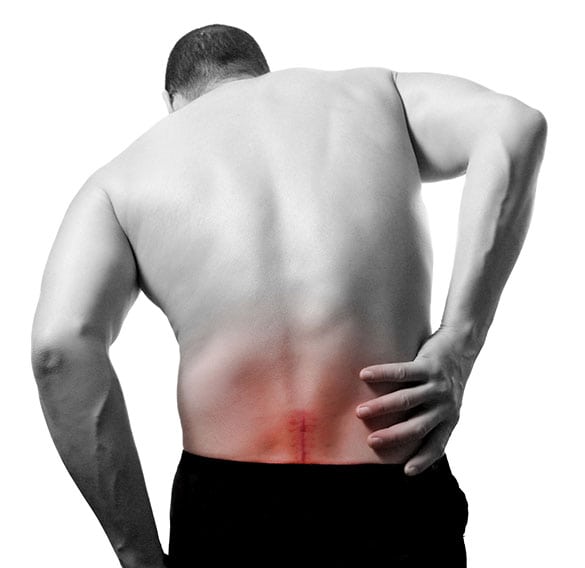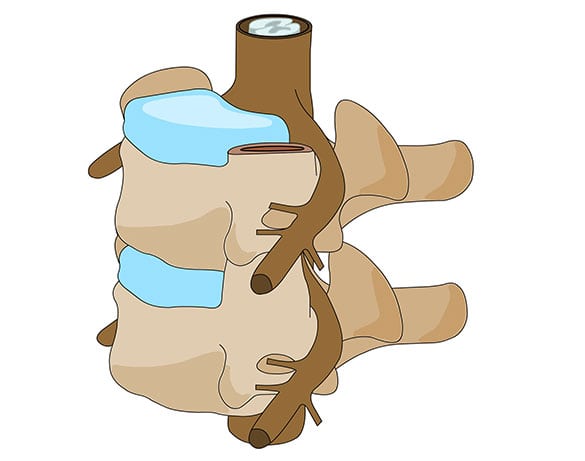
Learn more about Facet Syndrome and how Los Angeles Pain Specialist can help.
Considered a form of osteoarthritis, facet syndrome refers to pain affecting any joint between two vertebrae in the spine. Normally, facet joints have cartilage that allows for smooth movements of vertebrae without grinding.
- Joints become swollen/irritated due to wear or injury
- Cartilage may become damaged, resulting in noticeable discomfort
- Most respond well to non-surgical treatments for facet syndrome
CONTACT US TODAY
Causes of Facet Syndrome
Too much pressure on facet joints and normal wear that occurs with age are the two most common causes of facet syndrome. In some instances, degenerative disc disease (DDD) will cause the space between each vertebra to narrow, in turn placing pressure on the cartilage surface of the joint until it wears away. Severe facet joint arthritis may also cause bone spurs to develop around spinal joints. Bone spurs may become large enough to cause spinal stenosis, a narrowing of the spinal canal. Symptoms experienced may include:
- Difficulty making movements that twist or turn the spine
- Numbness
- Muscle weakness
- Pain felt when getting up from a sitting position
- Radiating pain felt in arms, shoulders, hips, thighs, or legs (depending on which facet joint is affected)
Diagnosis
After a physical exam that includes medical history and a discussion of the type of pain felt, diagnosis of facet syndrome usually includes image tests. X-rays can identify abnormalities with the spine itself while a CT scan can show issues with the joint surface. A bone scan may be done to determine if a facet joint is inflamed.


Treatment Options
Conservative (non-surgical) treatments are usually recommended as part of first attempts to relieve pain from facet syndrome. Ice applications in 15-20-minute intervals may reduce swelling. Exercises to improve the strength and flexibility of spine-supporting muscles sometimes takes pressure on nerve roots affected by swelling around joints. The controlled movements of yoga and Pilates can sometimes improve flexibility around spinal joints.
Some patients benefit from a facet joint injection. With guidance from a live x-ray (fluoroscopy), the injection is placed directly into the affected area. The shot is often a mix of a steroid medication that reduces swelling and a local anesthetic. Additional treatment options for facet syndrome include:
- Massage therapy
- Ultrasound
- Electrotherapy (TENS units)
- Anti-inflammatory medications
- Alternating hot and cold applications
Surgery for Facet Syndrome
If other treatments aren’t providing sufficient relief or if symptoms are becoming more disruptive, surgery may be considered. With a procedure called an arthrodesis (artificial ankylosis or syndesis), two adjacent vertebrae are fused together to prevent movement of the affected facet joint. Bone graft material is applied and metal screws are inserted across the joint to provide stability until the fusion forms. The bone graft material usually comes from a patient’s pelvic bone.
Excess weight is one of the primary contributing factors to facet syndrome. Maintaining a healthy weight is a common recommendation for patients looking to minimize their risk of experiencing issues with spinal joints. Getting regular low-impact exercise, drinking plenty of water, getting sufficient sleep so tissues can naturally heal, and maintaining a healthy diet can also help minimize issues with facet joints.

